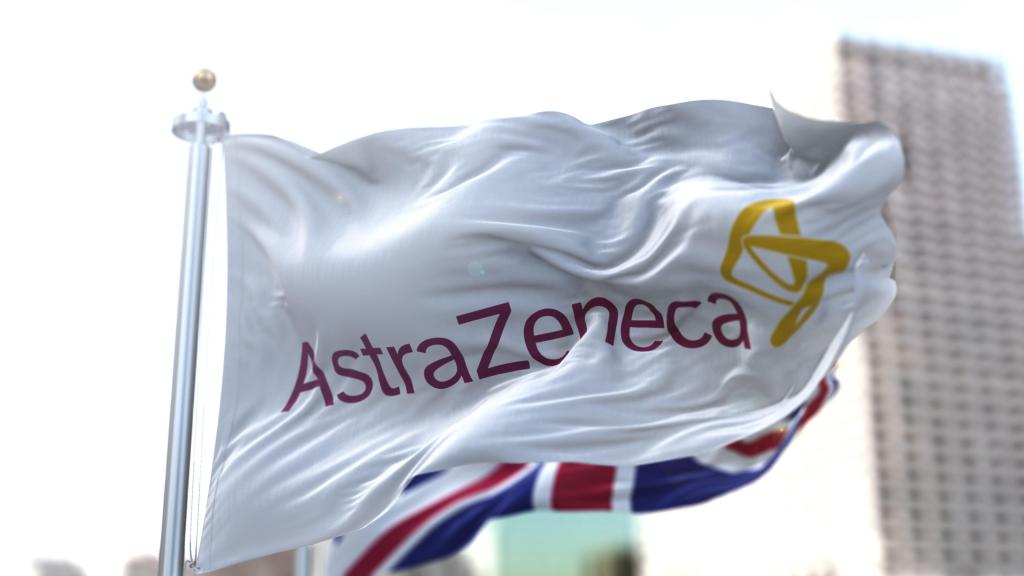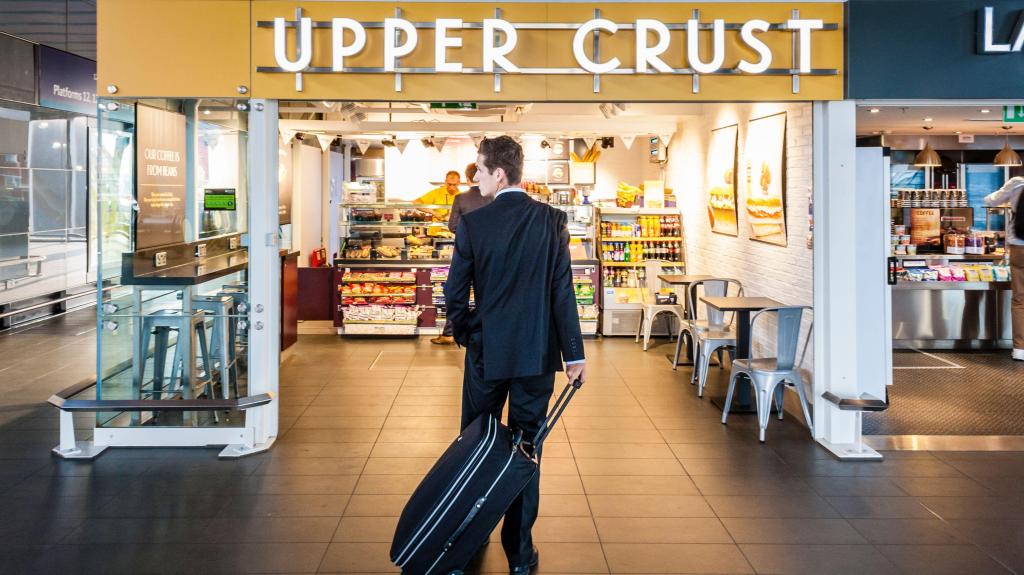Reduction in Mortgage Costs Benefits 1.7 Million UK Households
Recent developments from the Bank of England signal a slight easing in mortgage costs for millions of households as interest rates begin to decline from their peak.
Approximately one in five borrowers, totaling around 1.7 million households, are on variable rate mortgages closely linked to the UK’s base rate, as noted by the Bank’s financial policy committee.
These homeowners have started to notice reduced expenses following the Bank’s decision to lower its benchmark interest rate from 5.25% to 5% in August, which is projected to decrease annual payments by nearly £120 for borrowers on variable rates.
About 3 million borrowers, or a third of mortgage holders, are currently benefiting from low interest rates below 3% due to securing fixed-rate deals when rates were much lower. Many of these homeowners are yet to remortgage but are expected to do so by the end of 2027.
Despite facing higher repayment pressures, the financial impact on their budgets is now expected to be less severe than it would have been had they needed to remortgage prior to the interest rate cuts. Around 1.4 million borrowers are anticipating a remortgage within the next year; previously projected monthly loan cost increases of about £180 are expected to drop to around £150.
The committee’s report indicated that while homeowners have demonstrated resilience to rising interest rates, some lower-income families and renters continue to face financial stress.
Policymakers foresee an increase in the aggregate household mortgage debt-service ratio, which measures the capacity of borrowers to manage their debt. However, this ratio is expected to remain significantly lower than the peaks witnessed during the 1990s and the global financial crisis.
Additionally, forecasts suggest that the percentage of households allocating over 70% of their post-tax income toward mortgages and essential expenses will remain substantially below the levels experienced before the financial turmoil of 2007-2009.
Indicators of household resilience reveal that mortgage arrears and late payments on consumer credit have remained relatively stable since the committee’s last update in June, reflecting low levels compared to historical norms.
Borrowers have been navigating heightened financial constraints since the Bank of England significantly raised its base rate from a historic low of 0.1% in late 2021, a move aimed at addressing surging inflation. After peaking at a 41-year high of 11.1% in October 2022, inflation has since returned to the Bank’s target rate of 2% as of May, setting the stage for interest rate reductions.






